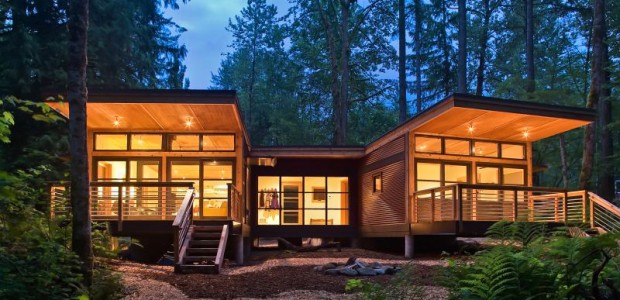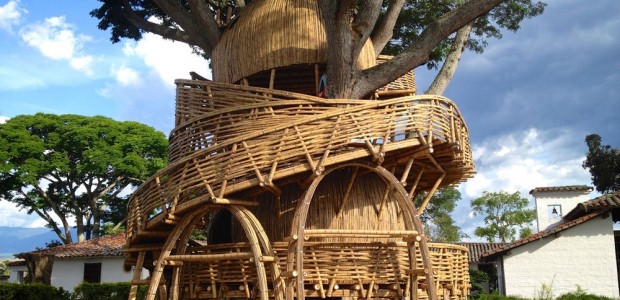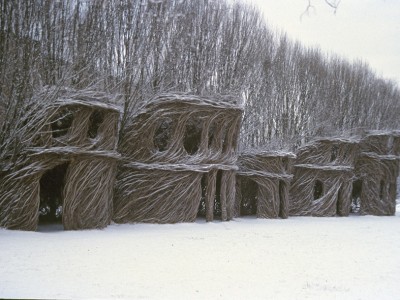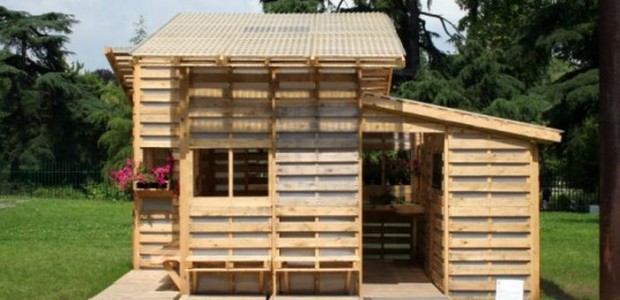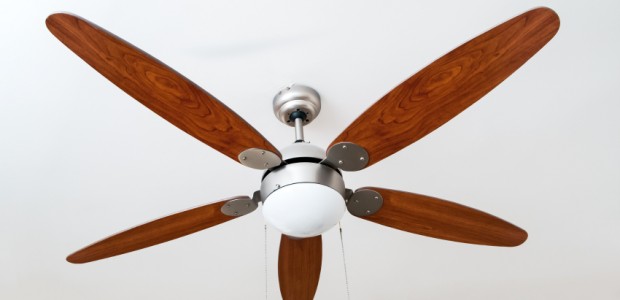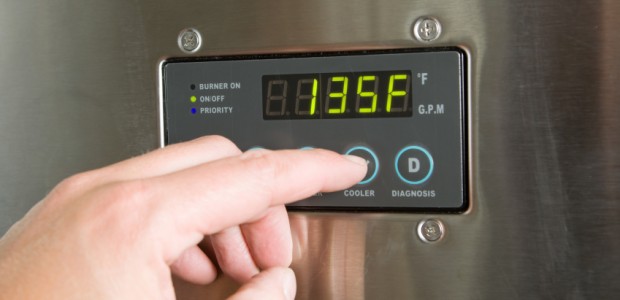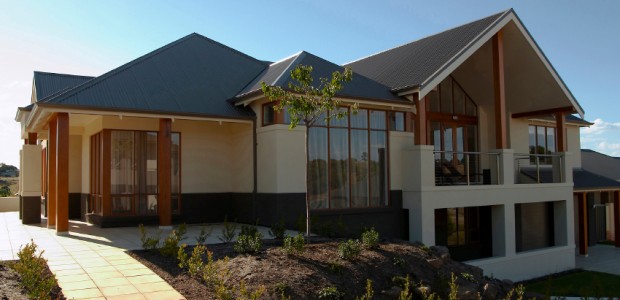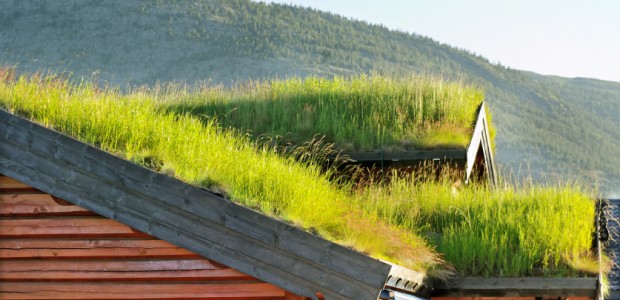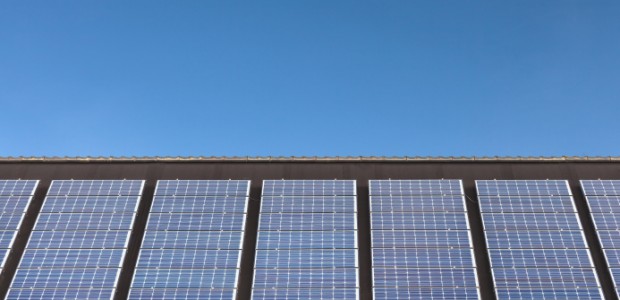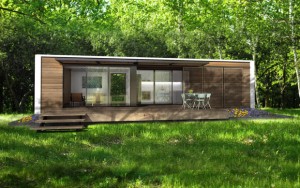 So you want to build a green home? Do not look at me. I am not going to help build it. I will give you some mistakes to avoid when building a green home of your own, but that is it. If you want to reduce your carbon footprint and be environmentally conscious then make sure you know everything you need to know about eco-friendly building.
So you want to build a green home? Do not look at me. I am not going to help build it. I will give you some mistakes to avoid when building a green home of your own, but that is it. If you want to reduce your carbon footprint and be environmentally conscious then make sure you know everything you need to know about eco-friendly building.
It is not as easy as it seems.
Avoiding these mistakes will help your green home building process go faster and easier.
Mistake 1: When you plan out your green home, do not make it big like a palace. Keep in mind your lifestyle. The bigger the house, the more it will cost in electricity, heating, and not to mention the unused space.
Mistake 2: Straying off the beaten path is bad. Why? If you build in a new area away from town, and deep in the countryside, then you will ruin an established ecosystem. Know your lot and location before you break ground.
Mistake 3: Not thinking ahead of time can be damaging. Will you be living in your home 20 years from now? To be honest, I would not even know if I were. Knowing how long you plan on staying in your new green home can help with budget and space issues.
Mistake 4: Not doing research on green building can be bad in the long run. Yes those wooden floors are made from recycled wood but are they great with the moisture environment you live in? Knowing what building materials to use for your new home’s location is priceless. Plus, if you get contractors, they cannot screw you on the price because you know what you are talking about.
Mistake 5: Filling your home up with non-eco-friendly appliances is a no-no. Just think before you sink.
Mistake 6: Missing out on the sun’s energy is so wrong. Take advantage of the sun and use solar paneling. Make sure the roof is facing south; actually, your whole house should be facing south. You save lots of energy.
Mistake 7: Listening to your friend who knows nothing about green building, will not help you. Ask for help from a knowledgeable source.
Mistake 8: Insufficient insolation will empty your pockets in a quick minute. Insulate well and keep the cold out. If you do it right, then you will be living cozy and nice. Plus your electric bill will be very low.
Mistake 9: Going flat on the roof design is bad for a green build. Slant the roof to allow drainage. Make sure it too is insulated well. You can also make the drainage pipe connect to the garden to use the water.
Mistake 10: Forgetting to plant the actual green is often overlooked. Plants are very beneficial to green building. Do not plant random trees, bushes, and flowers. Do some research and plant what will thrive in your environment.
Do not follow these mistakes but learn from them. In no time you will have your own green home.
